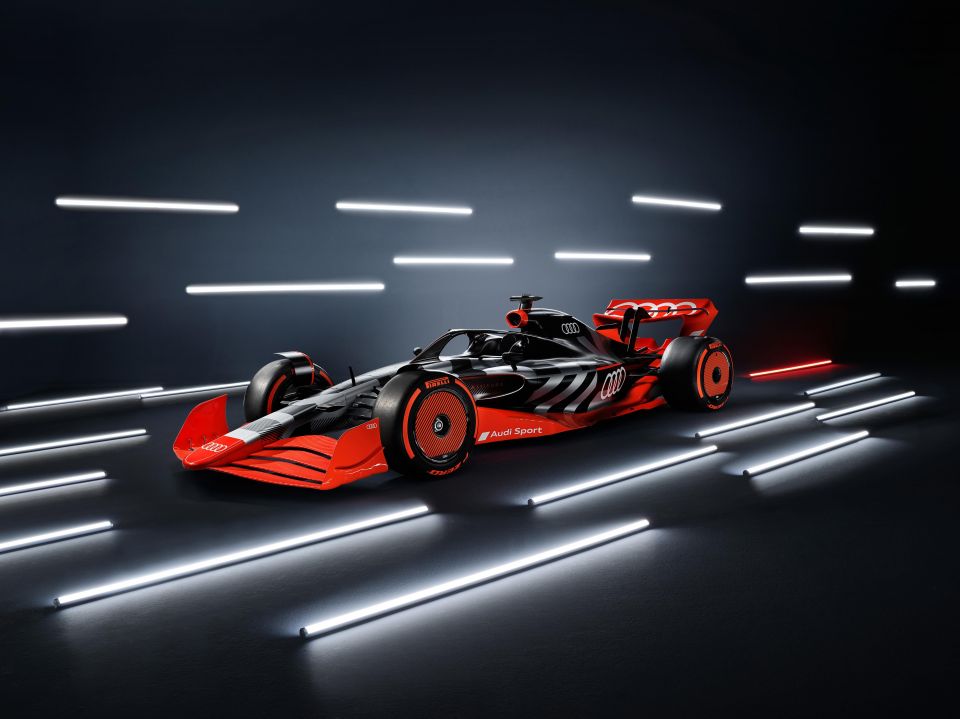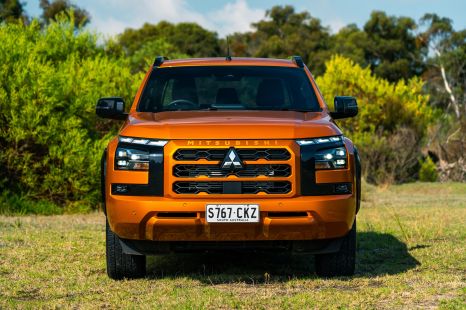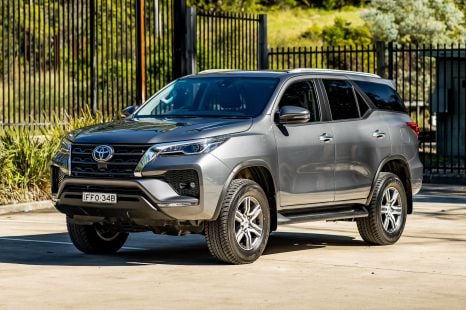

Andrew Maclean
4 Days Ago
Audi will partner with long-running motorsports specialists Sauber when it hits the Formula 1 grid in 2026.

Contributor


Contributor
Audi’s return to Formula 1 will come in partnership with Sauber.
The Swiss motorsports specialist is currently paired up with Alfa Romeo, and has previously worked with everyone from BMW in Formula 1, to Mercedes-Benz in the world of Le Mans endurance racing.
The Audi works team will join the grid in 2026. Audi will develop the power unit at its Motorsport Competence Centre in Neuberg an der Donau, Germany, while Sauber will develop and manufacture the car’s chassis in Switzerland.
Sauber will also be in charge of “planning and executing the race operations”.

Audi says it’s developing the power unit at a newly-founded division within its motorsports team, home to 120 employees. It’s also expanding the Neuberg facility, as part of a project set for completion in 2023.
The engine will first be formally tested in 2025, ahead of new regulations (and Audi itself) hitting the grid in 2026.
New F1 technical rules from 2026 will focus on more electrification and the use of sustainable fuels – with a 2030 net zero target – and there will also be a cost cap for power unit makers from 2023.
The post-2026 power units will comprise an electric motor, battery, control electronics, and a combustion engine, but will lean more heavily on the electric output.

The engines will run on an advanced sustainable fuel – billed as “a prerequisite” for Audi’s entry into the series.
F1’s Chief Technical Officer Pat Symonds recently discussed the sustainable fuels push, which began this year with the addition of 10 per cent green ethanol to the running mix.
“It’s been a fascinating challenge,” said Mr Symonds. “…We’ve worked closely with the FIA, who have got a couple of very good fuels specialists and we’ve had a lot of help from our partner Aramco”.
F1 Managing Director of Motorsports Ross Brawn added: “We’re working on an E fuel where the carbon circle is completely neutral so the carbon utilised to produce that fuel is the same quantity as the carbon emitted from the internal combustion engine.
Take advantage of Australia's BIGGEST new car website to find a great deal on a Audi.
Scott Collie is an automotive journalist based in Melbourne, Australia. Scott studied journalism at RMIT University and, after a lifelong obsession with everything automotive, started covering the car industry shortly afterwards. He has a passion for travel, and is an avid Melbourne Demons supporter.


Andrew Maclean
4 Days Ago


Max Davies
3 Days Ago


Max Davies
3 Days Ago


Josh Nevett
3 Days Ago


William Stopford
2 Days Ago


Matt Campbell
2 Days Ago